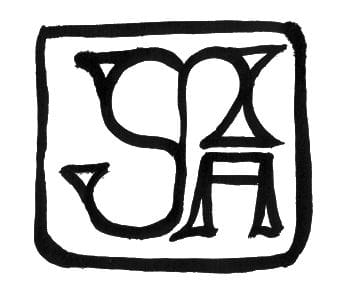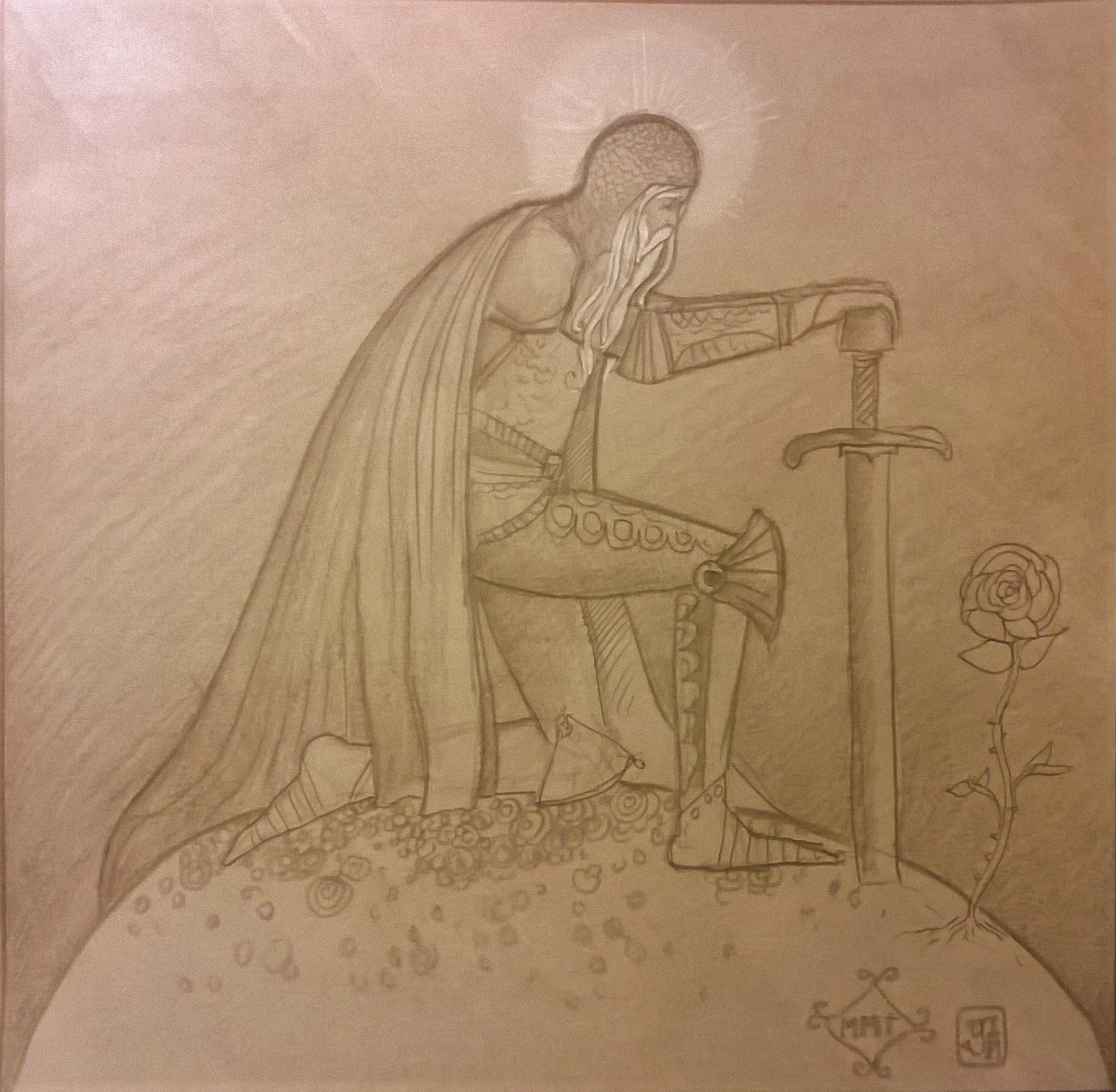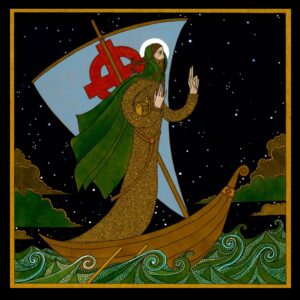Knights Templar, also known as the Poor Fellow-Soldiers of Christ and of the Temple of Solomon, were a mysterious and influential medieval Christian military order that emerged in the 12th century during the Crusades. The Templars were known for their military prowess, financial acumen, and religious devotion, which made them one of the most powerful and respected organizations of their time. One of the most intriguing aspects of the Knights Templar is their use of the rose symbol, which has deep esoteric and symbolic meanings.
The rose symbol has a long and complex history, dating back to ancient civilizations such as the Egyptians and the Greeks, who associated the flower with love, beauty, and immortality. In Christian symbolism, the rose is often linked to the Virgin Mary and represents purity, love, and devotion. The Knights Templar adopted the rose as one of their symbols, incorporating it into their architecture, artwork, and rituals.
The rose symbol held various meanings for the Knights Templar, including love, secrecy, and regeneration. According to some accounts, the Templars used the rose as a secret sign to recognize each other, emphasizing their allegiance to the order and its principles. The rose was also seen as a symbol of spiritual growth and rebirth, reflecting the Templars’ beliefs in the resurrection and eternal life.
The rose symbol was prominently featured in the architecture and design of Templar buildings, such as the famous Templar churches and castles scattered across Europe and the Holy Land. The rose window, a circular stained glass window with intricate designs of roses and other symbols, became a trademark of Templar architecture and is still a prominent feature in Gothic cathedrals and churches.
The rose symbol was also closely linked to the Templars’ devotion to the Virgin Mary, whom they revered as the Queen of Heaven and the embodiment of purity and divine love. The rose became a symbol of the Templars’ devotion to the Virgin Mary and their commitment to spiritual purity and righteousness.
In addition to its religious and spiritual significance, the rose symbol also held political and cultural meanings for the Knights Templar. The rose was associated with chivalry, valor, and honor, qualities that the Templars prized and used to distinguish themselves from other military orders and noble houses of the time.
The rose symbol was also linked to the Templars’ financial activities, as they were known for their banking and trade operations that made them immensely wealthy and powerful. The rose symbol was used on Templar seals, coins, and documents, symbolizing their economic influence and commercial success.
The rose symbol has continued to captivate and inspire researchers, historians, and enthusiasts who seek to uncover the mysteries and secrets of the Knights Templar. The symbolism of the rose remains a subject of speculation and debate, with various interpretations and theories regarding its meaning and significance within the context of Templar history and tradition.
Overall, the rose symbol represents the multifaceted nature of the Knights Templar, encompassing their religious faith, military prowess, financial expertise, and cultural legacy. The rose symbol continues to be a potent and enduring emblem of the Templars’ enduring legacy and influence in history, religion, and popular culture.




